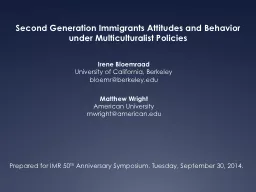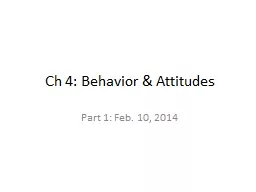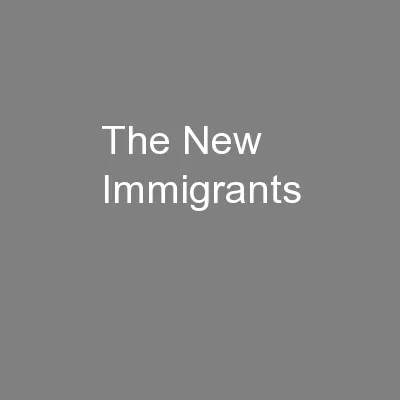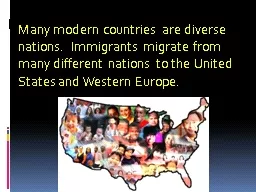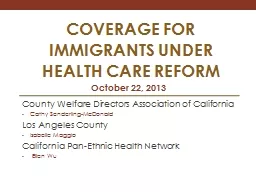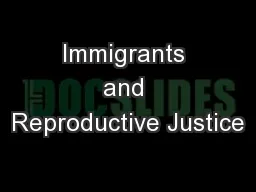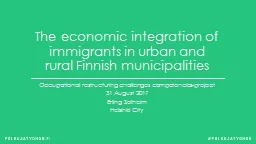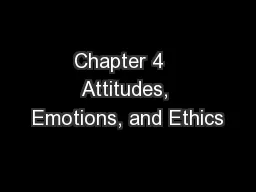PPT-Second Generation Immigrants Attitudes and Behavior under M
Author : sherrill-nordquist | Published Date : 2016-03-22
Policies Matthew Wright American University mwrightamericanedu Irene Bloemraad University of California Berkeley bloemrberkeleyedu Prepared for IMR 50 th Anniversary
Presentation Embed Code
Download Presentation
Download Presentation The PPT/PDF document "Second Generation Immigrants Attitudes a..." is the property of its rightful owner. Permission is granted to download and print the materials on this website for personal, non-commercial use only, and to display it on your personal computer provided you do not modify the materials and that you retain all copyright notices contained in the materials. By downloading content from our website, you accept the terms of this agreement.
Second Generation Immigrants Attitudes and Behavior under M: Transcript
Download Rules Of Document
"Second Generation Immigrants Attitudes and Behavior under M"The content belongs to its owner. You may download and print it for personal use, without modification, and keep all copyright notices. By downloading, you agree to these terms.
Related Documents

